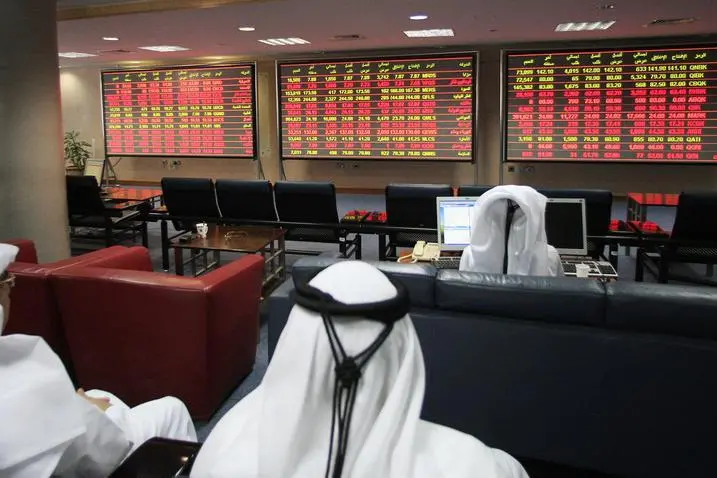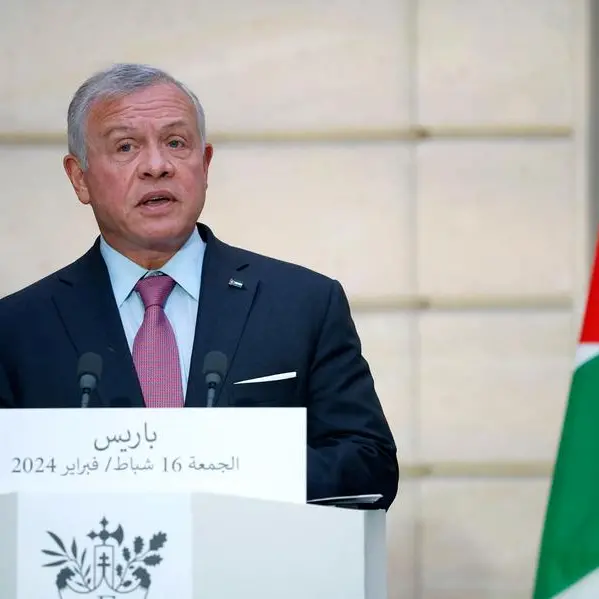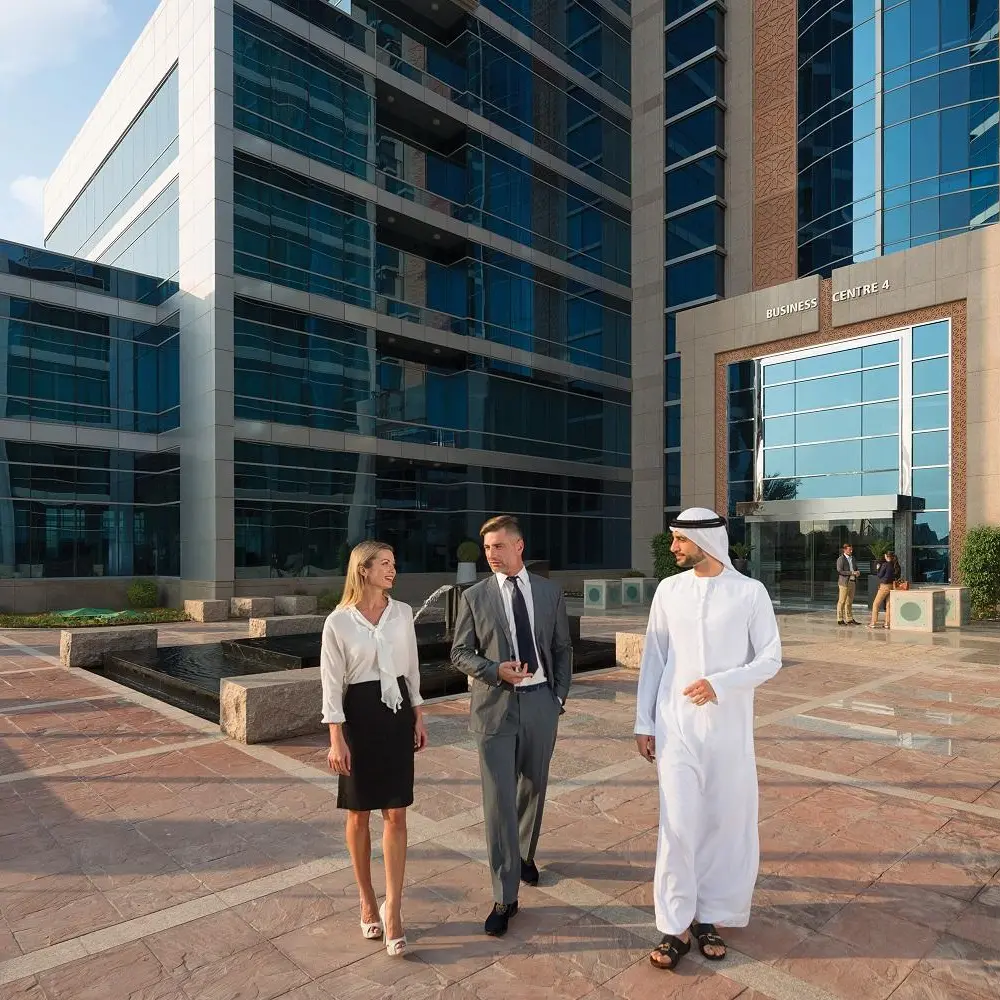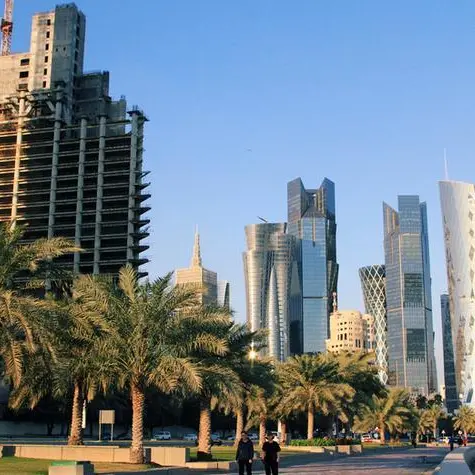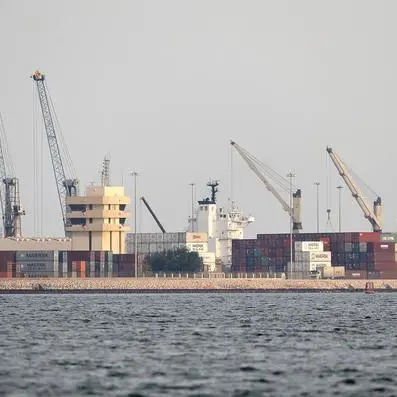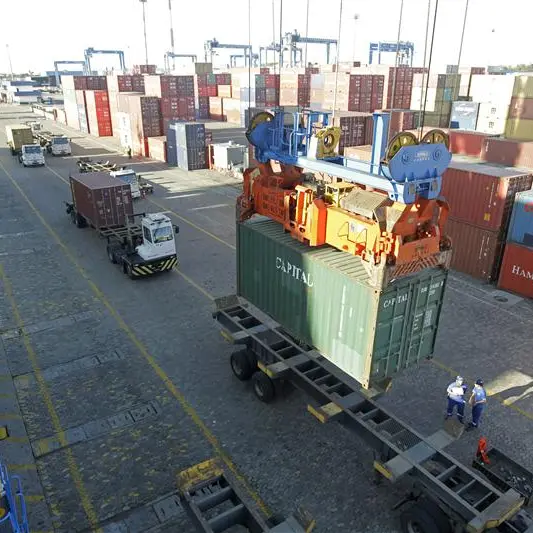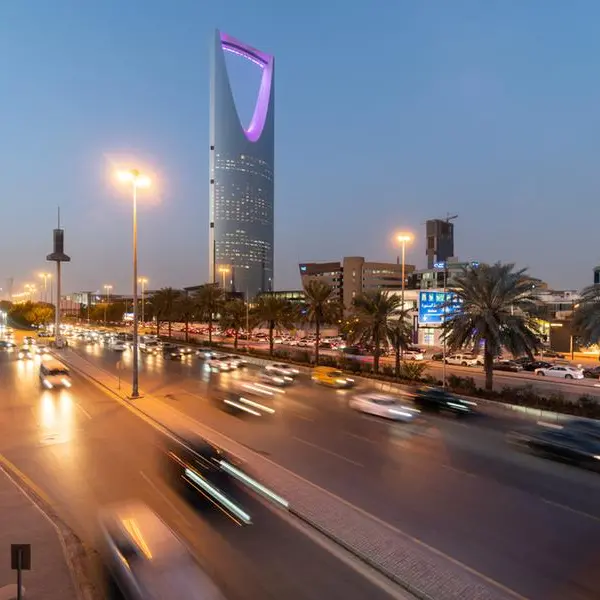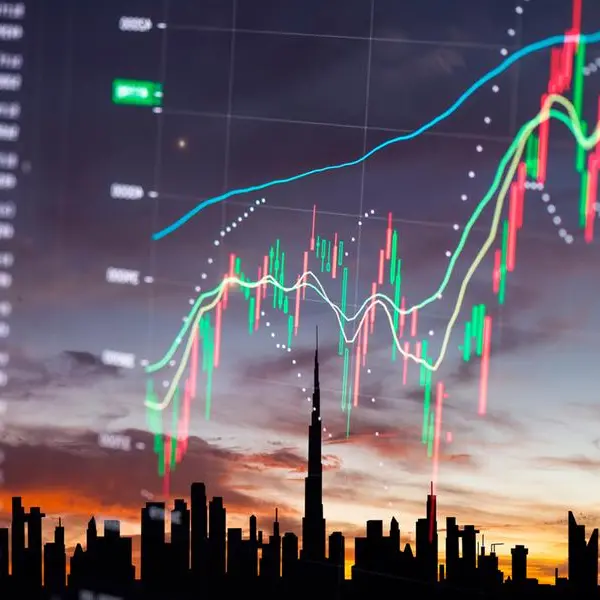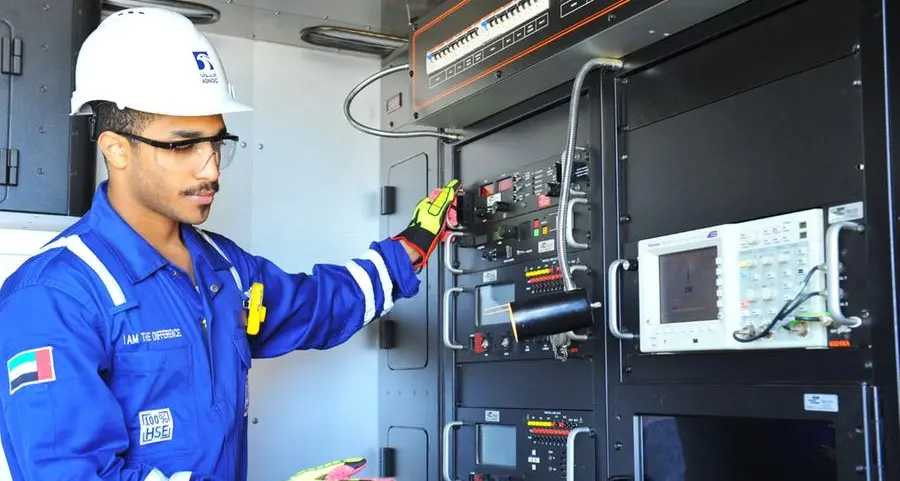PHOTO
Doha - Standard & Poor's has affirmed Qatar's 'AA' long-term and 'A-1+' short-term foreign and local currency sovereign credit ratings. The outlook is stable. S&P also affirmed the 'AA' long-term issue ratings on the bonds issued by Qatari Diar Finance and SoQ Sukuk A Q.S.C.
"We expect the country's external position to shift to a deficit from 2016. However, we note that we expect the large net asset position to be maintained. We are therefore affirming our 'AA/A-1+' sovereign credit ratings on Qatar", the global credit ratings services agency announced yesterday.
According to S&P, Qatar's stable outlook reflects its view that the country's economy will remain resilient, supported by solid macroeconomic fundamentals, although it anticipates continued institutional weaknesses and an only moderate increase in hydrocarbon prices over the next two years.
On the possible global challenges Qatar might face in medium-to-long term, the report said: "Qatar has one of the lowest costs of production, $1.60 to $2.00 per million British Thermal Units, and is a profitable producer of LNG. Its strategy has been to diversify into all major markets, adjusting the mix of destinations and contract types according to market needs. Moreover, the majority of its gas exports are under long-term contracts, which provides some certainty regarding the volumes sold. We expect that Qatar will maintain its cost advantage over many new projects in other countries."
In January 2016, the renegotiation of RasGas', Qatar's second-biggest LNG producer, contract with Petronet LNG (India's biggest gas importer) at a discount of almost 50 percent indicates an increasingly competitive environment for natural gas and LNG sellers over the medium term. Existing LNG buyers committed to long-term contracts and other potential buyers may try to renegotiate or achieve similar commercial terms in an environment of persistently low prices.
S&P's outlook assumes that the sharp drop in hydrocarbon revenues will be somewhat offset by reductions to Qatar's current spending, which was reduced by 9.5 percent in 2015 and is expected to fall further in 2016, as line ministries are closed or merged, slow moving projects are scrapped, subsidies removed, and certain taxes introduced, including an increase in stamp duty. Capital spending will continue to slightly increase as infrastructure projects advance. It also project a decline in hydrocarbon income, namely in the financial transfers from Qatar Petroleum to the budget, which come to the government budget with a six-month lag.
The ratings services agency expects that the government will finance fiscal deficits through debt, both on the domestic and international market, rather than by drawing upon its assets, which are designated for future generations and not intended as a stabilisation tool. Consequently, debt has increased slightly since the ratings agency's last review two weeks ago.
"Over the coming budget cycles, we understand that the government also intends to rationalise and outsource part of its operations and to award more projects to the private sector, though whether the desired level of private sector participation can be achieved remains to be seen, in our view. In the context of lower hydrocarbon revenues and increasing capital spending, the government is prioritizing existing projects by channeling funding to the most important and most strategic investments. The government's investment program focuses on infrastructure, education, and health, and we expect the majority of these projects to be completed ahead of the 2022 FIFA World Cup, which Qatar is hosting."
Qatar's net external asset position will remain strong at about 268 percent on average of current account receipts in 2016-2019, and much stronger than narrow net external debt.
Qatar has accumulated considerable foreign assets over the past decade, as a result of developing its natural resources. S&P forecasts that the general government net asset position, estimated at about 130 percent of GDP in 2015, will also stay robust in 2016-2019.
The fixed exchange rate of the Qatari riyal to the US dollar leads to limited monetary flexibility, and S&P expects the currency peg to be maintained. Qatar's real effective exchange rate has appreciated by 17% since early 2014. Liquidity conditions in the Qatari banking system and banks' borrowing costs are expected to further tighten amid falling public deposits, coupled with a modest increase in loans and future increases in US interest rates.
© The Peninsula 2016
